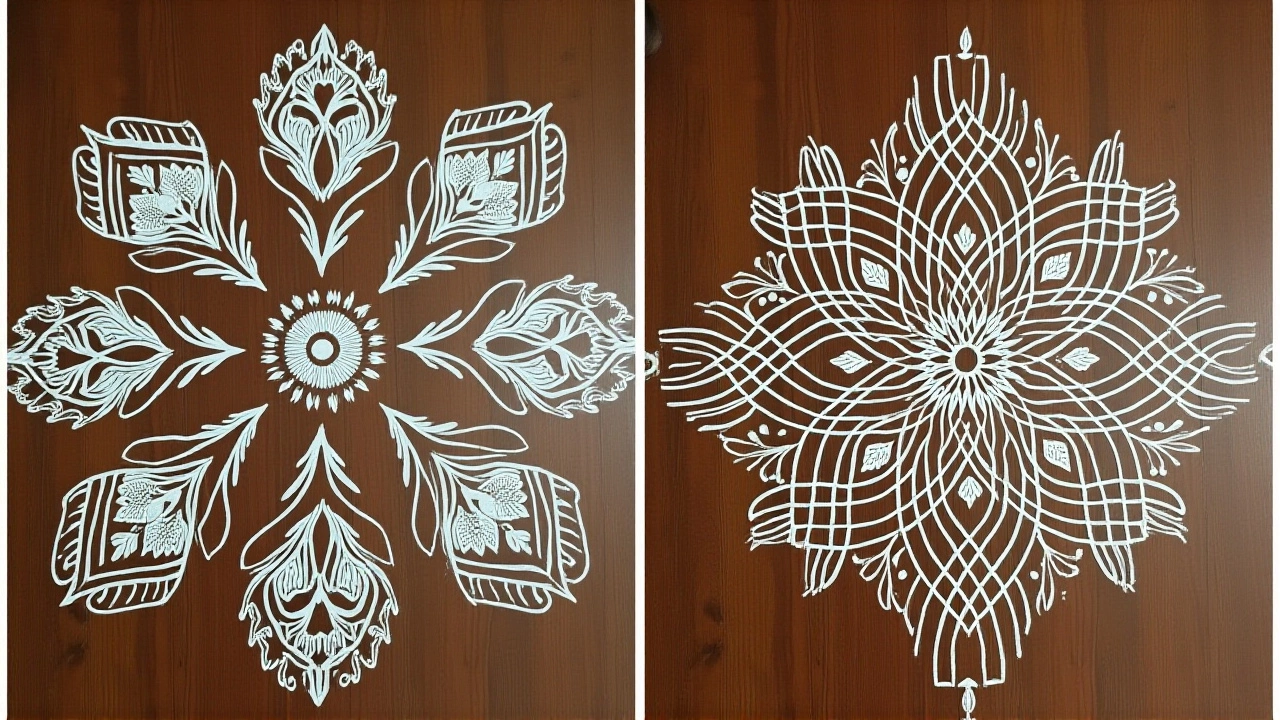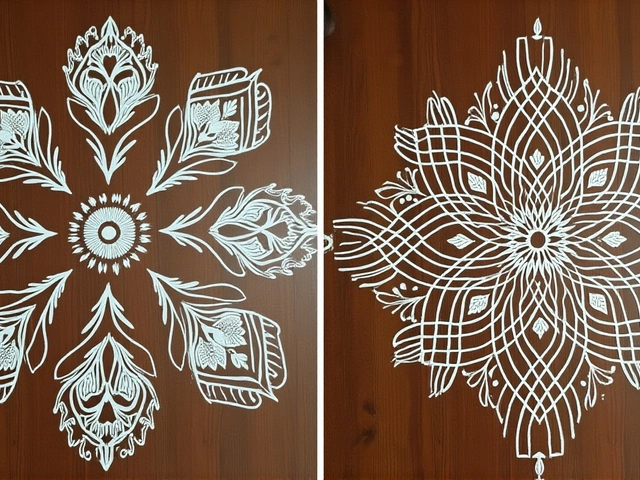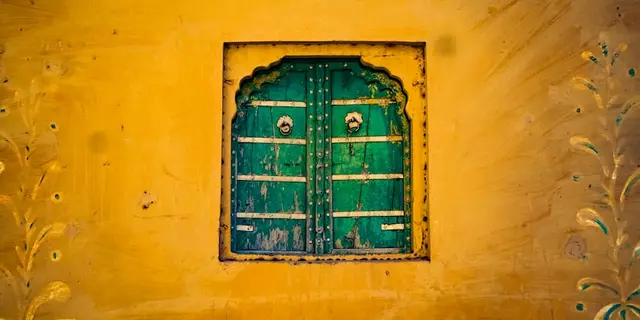Rice Flour Rangoli: Easy DIY Guide for Festive Floors
Rangoli is a big part of Indian festivals, but buying ready‑made designs can be pricey. Using rice flour you can create bright, safe patterns right on your doorstep. This guide shows you exactly what you need and how to finish a stunning rangoli in less than an hour.
Why Choose Rice Flour?
Rice flour is cheap, edible, and makes a fine base for colors. It sticks to the floor without slipping, so even beginners can keep the design neat. Because the powder is food‑grade, kids can help without any risk. Plus, you can mix it with natural dyes to get vibrant hues that don’t stain.
Step‑by‑Step Rice Flour Rangoli
1. Gather materials. You’ll need plain rice flour, a sieve, two small bowls, a bowl of water, and natural color powders (turmeric for yellow, beetroot powder for red, spinach powder for green). A small flat spoon or a clean fingertip works as a cursor.
2. Prepare the work area. Sweep the floor where you plan to draw. A smooth surface helps the powder settle evenly. If the floor is glossy, wipe it with a damp cloth and let it dry.
3. Make the base. Sprinkle a thin layer of rice flour over the area. Use the sieve to create an even spread – this prevents clumps and makes later coloring easier.
4. Sketch the pattern. Lightly draw your design with a fingertip or the back of a spoon. Simple shapes like circles, dots, and lines work best for first attempts. Traditional motifs such as lotus petals, paisleys, or geometric swirls are popular choices.
5. Add color. Mix a pinch of each natural dye with a drop of water to form a paste. Dab the colored paste onto the rice flour using a clean brush or fingertip. Work from the center outwards to keep the pattern balanced.
6. Finish and protect. Once you’re happy with the colors, give the rangoli a gentle tap with your hand to settle the powder. If you want it to last longer, spritz a light mist of water over the design – the rice flour will harden slightly without washing away.
That’s it! You now have a beautiful rice flour rangoli that looks great and stays safe for children and pets.
**Tips for a pro look**
- Use a stencil for complex shapes. Place the stencil on the flour, trace the outline, then lift it.
- Combine rice flour with sand or fine gram flour for texture variations.
- Practice on a tray before moving to the floor; it helps you gauge the right amount of pressure.
Rangoli is all about creativity, so feel free to experiment with patterns and colors. The more you practice, the quicker you’ll finish a flawless design.
Whether it’s Diwali, Pongal, or a simple family celebration, a rice flour rangoli adds a splash of color and a warm, welcoming vibe to any home.
Rice Flour Rangoli Shines on Navratri’s Second Day Honoring Maa Brahmcharini
On Navratri’s second day, families across India swap traditional powders for rice flour rangoli, creating pure, vibrant designs that honor Maa Brahmcharini and boost sustainability.






